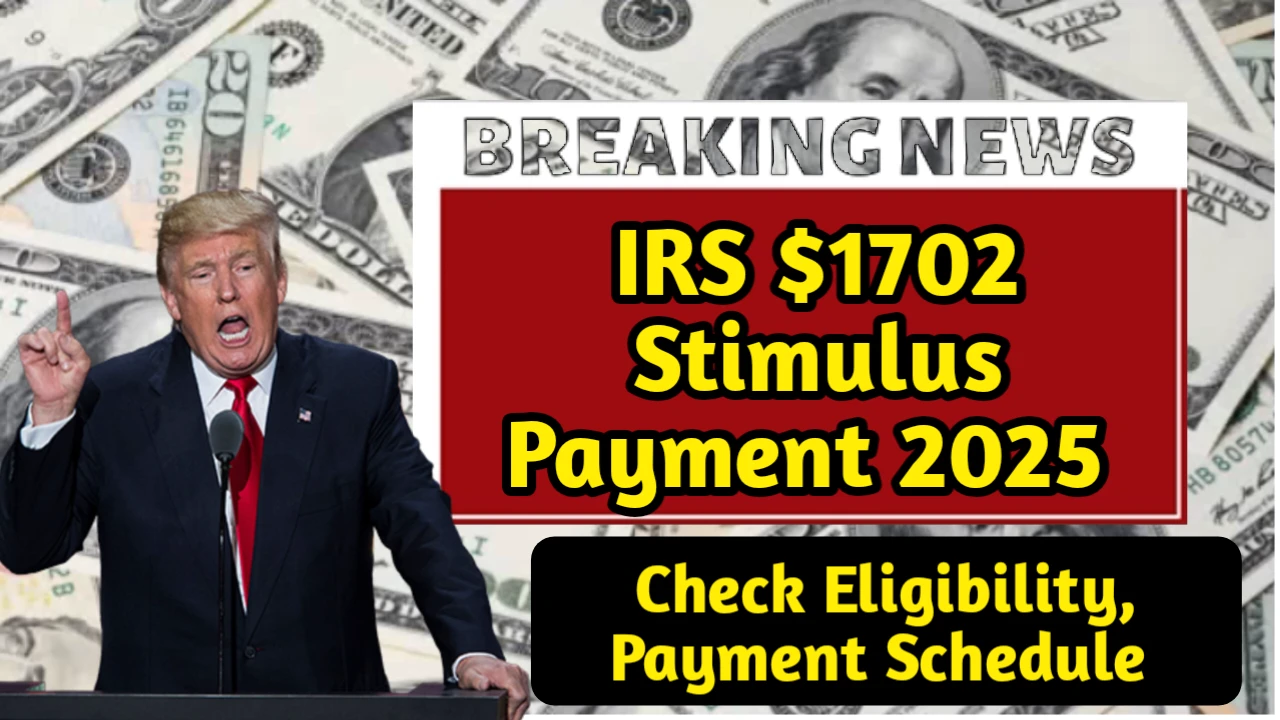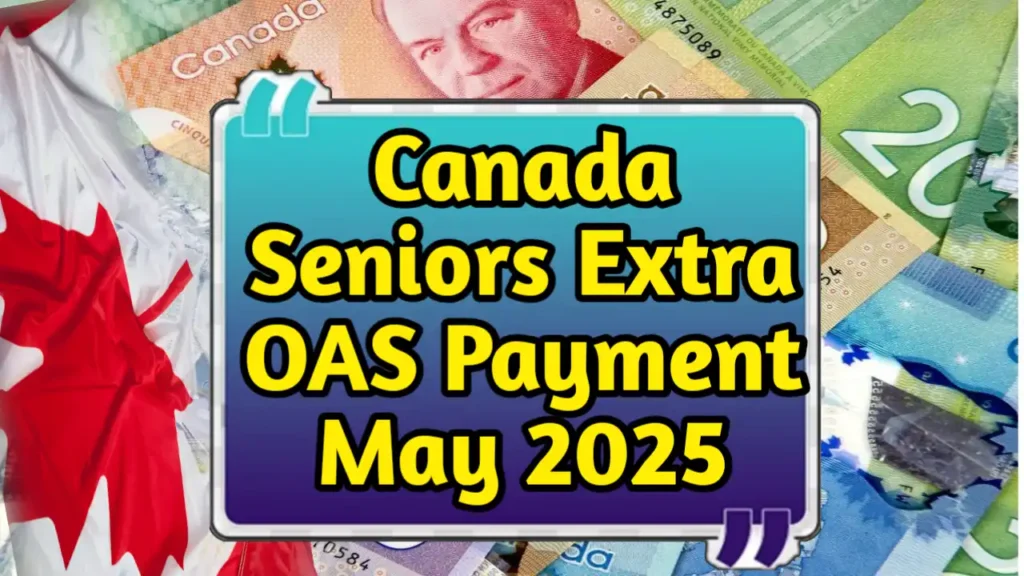IRS $1702 Stimulus Check Payment 2025, Eligibility, Income Limits & Payment Schedulen In 2025, the topic of federal stimulus checks continues to be a point of public interest and discussion across the United States. With growing concerns over inflation, rising living costs, and economic uncertainty, the government’s potential provision of a $1702 stimulus check has sparked curiosity and questions from citizens eager to understand its purpose, eligibility, and payment dates.
Though not part of a nationwide permanent benefit program, stimulus checks are emergency financial relief payments issued by the Internal Revenue Service (IRS) during times of economic hardship. In previous years, the federal government provided direct economic impact payments during the pandemic. The $1702 stimulus check being considered for 2025 is intended to provide targeted support to individuals and families facing economic challenges and reduced purchasing power due to inflation.
This article takes a closer look at who may qualify for the $1702 stimulus check, how income limits apply, and what the expected payment timeline might be. If you’re wondering whether you’ll receive this payment or how to prepare for it, read on for a complete overview.
What is the $1702 Stimulus Check?
The proposed $1702 stimulus check is a direct cash payment that may be issued by the federal government to eligible taxpayers in 2025. The goal of the payment is to help offset rising household expenses and provide relief to low- and middle-income earners. Although it is not officially confirmed as of early 2025, many lawmakers are advocating for this form of assistance, especially for those most affected by the economic strain caused by inflation, job losses, and housing costs.
This amount is not part of a recurring payment program like Social Security or unemployment insurance. Instead, it would function as a one-time direct deposit or mailed check, delivered by the IRS based on tax records and eligibility status.
The final decision about the $1702 amount, how it will be distributed, and the full criteria will depend on federal legislation. However, based on previous stimulus programs, we can reasonably predict how the structure might look if the payment is approved.
Eligibility Criteria for the $1702 Stimulus Check
The IRS will likely determine eligibility based on recent tax filings, income level, and residency status. Here are some of the key factors that would be used to assess whether an individual or family qualifies for the $1702 check:
- Filing Status: Must have filed a 2023 or 2024 federal tax return, or be receiving benefits from Social Security, SSI, or SSDI.
- Income Limits: Income must fall within specific limits (outlined in the table below).
- Citizenship: Must be a U.S. citizen or legal resident with a valid Social Security number.
- Dependency Status: Individuals claimed as dependents may not be eligible to receive the payment directly.
Special attention may be given to those on fixed incomes, such as seniors and disabled individuals. The goal is to provide assistance where it is needed most.
Income Limits for 2025
Eligibility for the $1702 stimulus payment would likely follow similar income thresholds as previous rounds. Here is a breakdown of the possible income limits:
| Filing Status | Income Limit (Full Payment) | Phase-Out Begins |
|---|---|---|
| Single | Up to $75,000 | $75,001 |
| Head of Household | Up to $112,500 | $112,501 |
| Married Filing Jointly | Up to $150,000 | $150,001 |
If your income exceeds the phase-out threshold, the amount of your stimulus check may be reduced incrementally. The IRS uses your Adjusted Gross Income (AGI) from your most recent tax return to determine eligibility.
Payment Schedule and Delivery Method
While an official payment schedule has not been released, if the $1702 stimulus is approved, the payment timeline would likely resemble previous rounds. The IRS generally prioritizes direct deposit, followed by mailed checks and prepaid debit cards.
Here’s an estimated payment timeline based on past disbursements:
| Payment Method | Expected Timeline After Approval |
|---|---|
| Direct Deposit | Within 1–2 weeks |
| Paper Check | 2–4 weeks |
| Debit Card | 3–5 weeks |
Those who have already provided direct deposit information to the IRS (through tax filing or benefit accounts) will be the first to receive payments. Others may receive a check or debit card by mail.
To avoid delays, it is essential to file your taxes on time and keep your mailing address and banking information up to date with the IRS.
Who May Not Qualify?
Not every American will qualify for the $1702 stimulus check. Based on historical criteria, here are some individuals who may be excluded:
- High-income earners above the phase-out range
- Individuals without a valid Social Security number
- Nonresident aliens
- Dependents claimed on another person’s tax return
Also, individuals who have not filed recent tax returns or have not registered through IRS non-filer tools may be at risk of missing the payment unless corrective steps are taken.
FAQ IRS $1702 Stimulus Check 2025
Q1. Is the $1702 stimulus check confirmed?
As of now, it is a proposed payment and has not been officially approved. It depends on legislative action.
Q2. Do I need to apply for the stimulus check?
No separate application is required. The IRS will use tax return data or benefit records to issue payments automatically.
Q3. What if I didn’t file taxes recently?
You should file your 2023 or 2024 return as soon as possible or use IRS tools for non-filers if eligible.
Final Thoughts- IRS $1702 Stimulus Check 2025
The proposed $1702 stimulus check for 2025 could offer much-needed relief to millions of Americans coping with rising costs and stagnant wages. While it has not been officially passed into law, discussions are ongoing, and the possibility of a mid-year or late-year stimulus remains open. If approved, the IRS will lead the distribution process using prior tax filings and benefit data.






